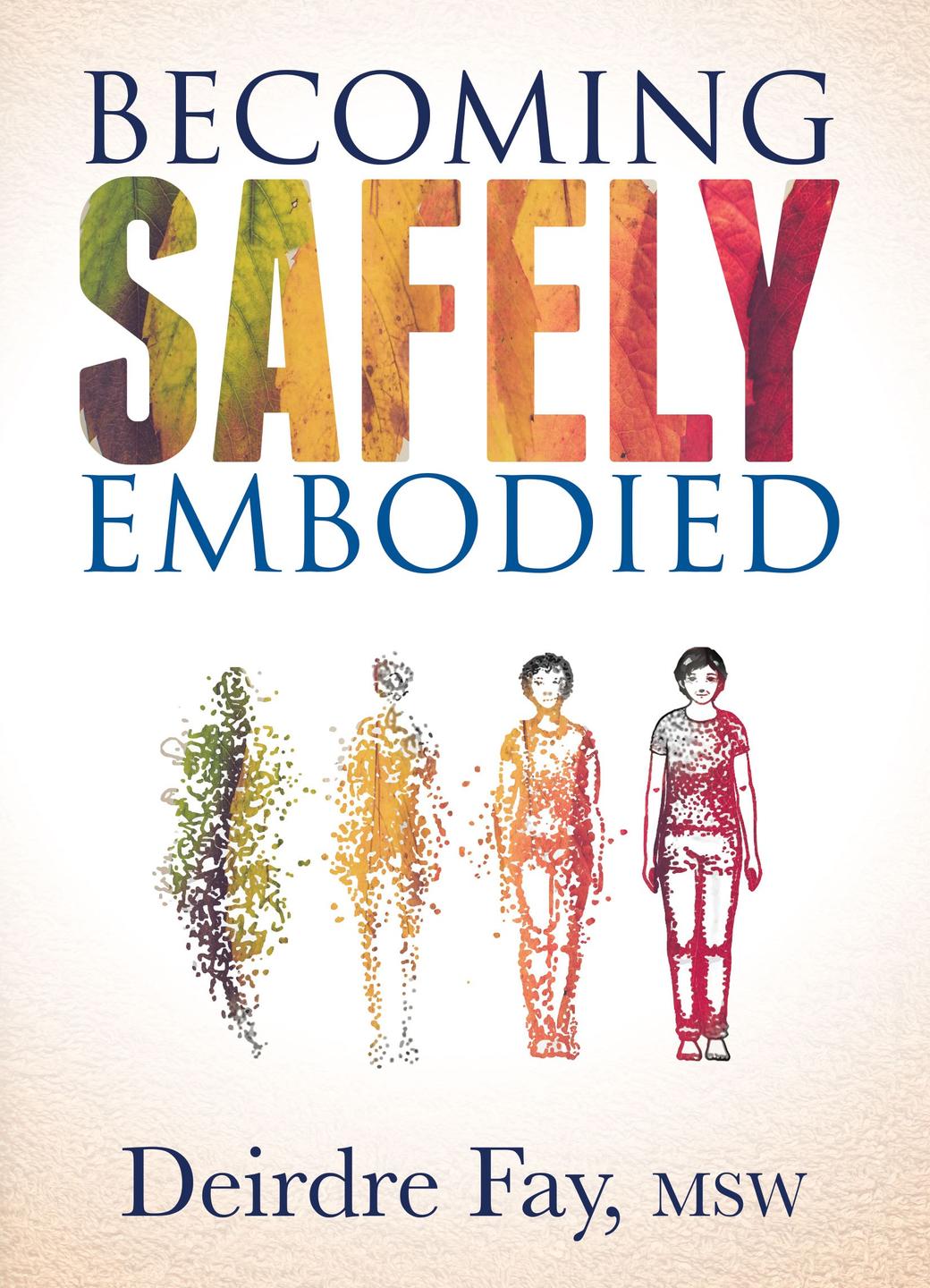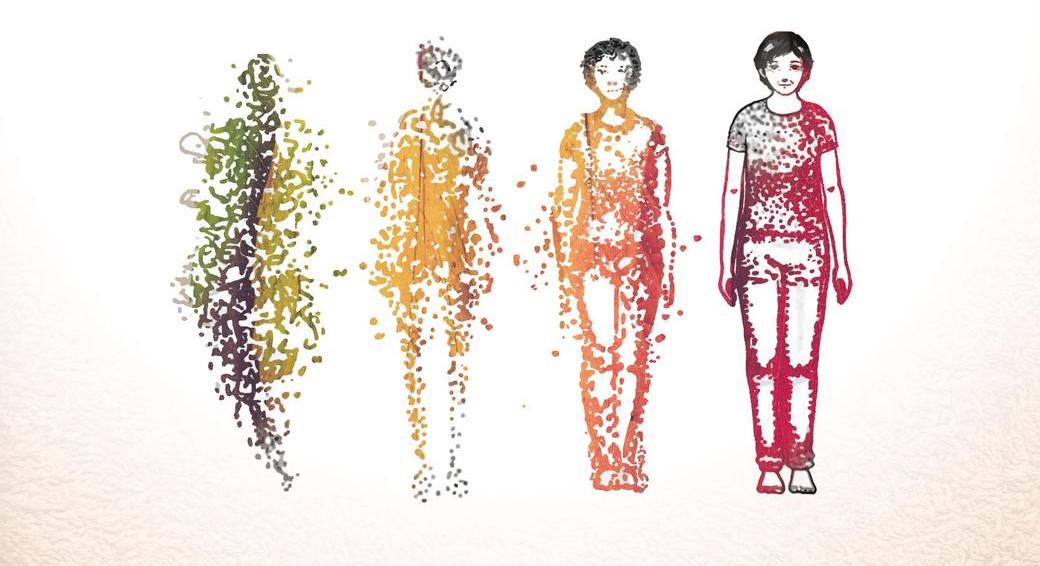Finding Embodiment and Healing Through Somatic Therapy: Somatic therapy offers a powerful path to healing trauma and finding embodiment, as explained in Deirdre Fay‘s book Becoming Safely Embodied. In her book, Fay shares her expertise as a somatic therapist and researcher to provide both inspiration and practical guidance for those on the journey toward embodiment.
Overview of Somatic Therapy

Somatic therapy focuses on the unity of mind and body. It uses practices like breathwork, mindfulness, and movement to help people get in touch with their bodily sensations and “felt sense.” By bringing awareness to the body, somatic therapy aims to help resolve suppressed emotions, release chronic muscle tension, and counteract the effects of trauma.
Fay explains that embodiment is about feeling at home and fully alive within one’s own skin. Trauma and social conditioning often lead people to become disconnected from their bodies. Somatic therapy offers a way back to embodiment.
Key Insights from Becoming Safely Embodied
In her book, Fay shares key insights from her therapy practice and research into somatic methods. Here are some of the top takeaways:
Trauma Is Stored in the Body
When people experience trauma, the nervous system and body tissues retain memory of it even after the event has passed. Fay explains how this manifests through chronic pain, fatigue, and dissociation. Somatic practices can help release trauma from the body.
Judgment Keeps Us Disconnected
Judging or ignoring signals from our body keeps us detached from it. Fay emphasizes cultivating curiosity and compassion towards all bodily sensations. This reduces dissociation and rebuilds the mind-body connection.
Embodiment Requires Making Contact
Through somatic therapy, people learn to tune into inner body sensations, emotions and impulses. Fay says embodiment comes from consistently making friendly contact with even our most disowned parts.
There Are Many Paths to Embodiment
Fay explores various somatic practices like breathing techniques, movement therapy, massage, and mindfulness. She explains how people can explore different options to find what resonates best for them.
Conclusion
Becoming Safely Embodied offers a deep look at somatic therapy and a compelling argument for why cultivating embodiment is so critical for healing. Fay succeeds in making this somatic approach relatable and achievable for all readers. Her book provides inspiration and practical guidance to help anyone on their journey toward becoming safely embodied.
The key takeaway is that reconnecting to the wisdom of the body allows us to heal, feel fully alive, and release the hold of past trauma. Somatic therapy gives us tools to embark on this powerful path of reconnection.




